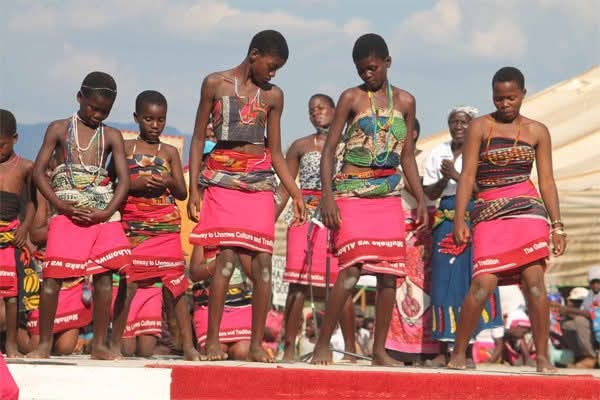By Rick Dzida
Introduction
As Malawians are going for the polls in September 2025, it is important to compare two major presidential candidates Peter Mutharika and Lazarus Chakwera in terms of their performance during their tenure especially in various areas such as inflation rate, rule of law, poverty rate and many more.
Inflation Rate
When Mutharika left office in 2020, the inflation rate was at 7.6%. This figure indicates a relatively stable economic environment, as inflation rates below 10% are generally considered manageable for most economies.
On the contrary, under Chakwera’s administration, the inflation rate has surged to over 27%. This significant increase suggests a period of economic instability, with rising prices affecting the cost of living and potentially leading to decreased purchasing power for citizens.
External Debt
Upon exiting State House in 2020, Malawi’s external debt stood at slightly over MK4.76 trillion. This level of debt reflects the fiscal policies and economic conditions during Mutharika’s tenure, which included efforts to manage public finances amid various challenges.
As of 2024, the external debt escalated to over MK15.1 trillion. This dramatic increase in external debt raises concerns about fiscal sustainability and the ability of the government to manage its financial obligations.
Children undernourishment
The increase in the percentage of undernourished children from 17.2% in 2020 under Mutharika’s administration to 19.9% in 2024 under the tutelage of Chakwera indicates a worsening situation regarding child nutrition.
This rise suggests that either efforts to combat child under-nutrition were not effective or there was no political will at all to address the quagmire.
Child Mortality
The increase in the child mortality rate from 3.18% under Mutharika’s administration to 4% under the incumbent regime for children under five years old also reflects a troubling trend.
An increase in child mortality can be attributed to various factors, including inadequate healthcare, poor nutrition, and socio-economic challenges which Chakwera government has dismally failed to resolve.
Poverty Rate
Under Peter Mutharika’s administration ,up to 2020, 50% of the population lived below the poverty line.
It remains baffling to fathom how this rate increased to 72% under Lazarus Chakwera’s administration in 2023.
One wonders if Chakwera regime made an effort to put in place measures and policies that would eradicate abject poverty in Malawi.
Rule of Law Index
Malawi was ranked 65th globally on the rule of law index when Mutharika left office in 2020.
By 2024, Malawi’s ranking had dropped to 70th under Chakwera’s leadership.
Conclusion
In summary, the comparison of Peter Mutharika and Lazarus Chakwera’s performance reveals significant economic under Chakwera’s administration.
Other challenges include bloated external debt, high inflation rate, increased child mortality rate and child under-nourishment.
While Mutharika administration was relatively managing these challenges, it is not surprising the aforementioned factors have further exacerbated poverty levels and breaches of rule of law in Malawi.
In view of the foregoing discourse, a return to the proven leadership of Mutharika is a sound choice.



